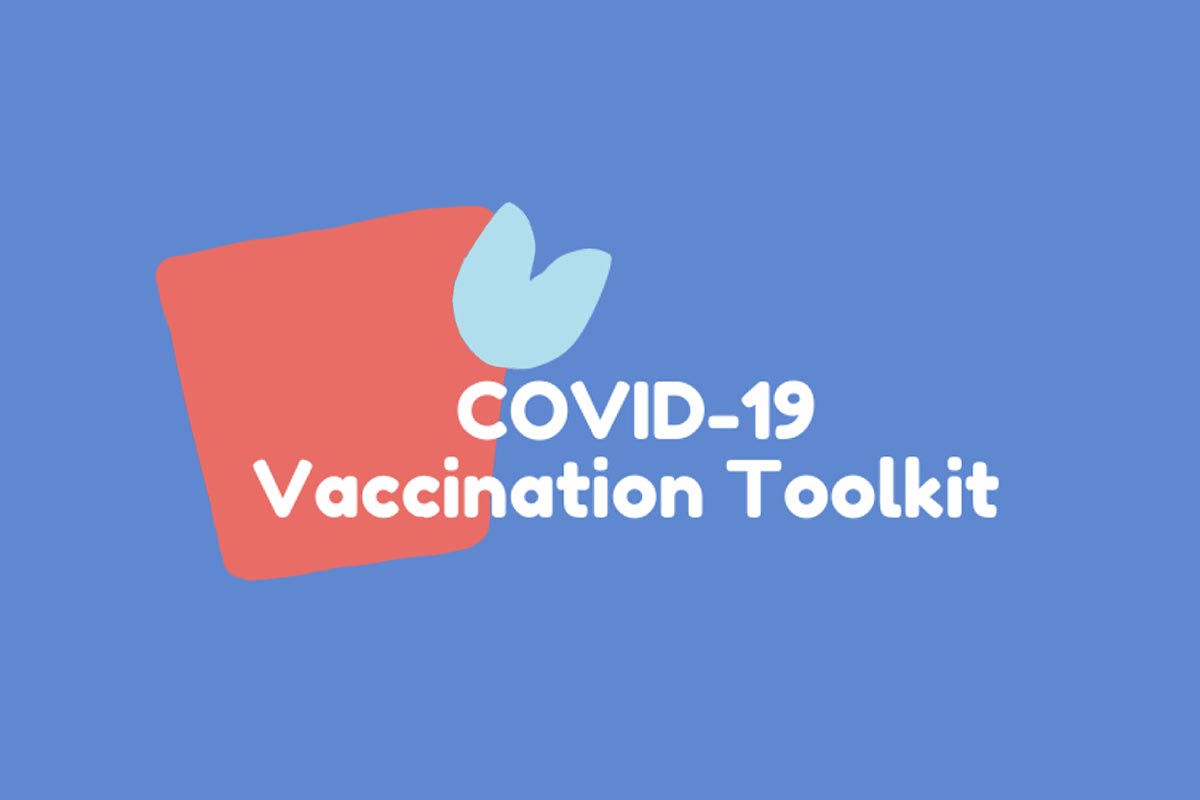
This document is a compilation of resources that address vaccine hesitancy and access for AANHPI communities, particularly focused on providing linguistically and culturally appropriate information. A study conducted by UCSF this year found that 34% of AAPI respondents were concerned about the vaccine’s side effects, 6% were worried about vaccine safety, and 36% had multiple concerns regarding the vaccine.
Moreover, the barriers faced by AANHPI individuals during COVID is telling of other long-standing challenges the community has faced historically. One such problem is with data disaggregation. Many locales do not even include Asian American as an option for ethnicity in surveys, let alone subdivisions of the vast diversity within the AANHPI community. COVID-19 morbidity and mortality are also not well studied for AANHPI populations. From the sparse data that we do have, we know that many of the disparities in care are masked. For instance, in NYC’s public hospital system, South Asians had the second highest rate of positivity (after Hispanics) and second highest rate of hospitalization (after Blacks), and Chinese patients had the highest mortality of all groups. Despite this, Asian Americans are not listed as a vulnerable population by the National Academy of Sciences Engineering Medicine*. In the absence of disaggregated data, it is difficult to allocate appropriate resources to address problems like vaccine hesitancy and access barriers for the diverse AANHPI groups in the country.
Thus, we hope that this document is able to provide the language and resources for AANHPI medical students to speak to their family, friends, and others in the community to better address the concerns and questions about COVID-19 and the vaccine.
APAMSA offers Community Outreach Grants to chapters that may want to reach out to their local communities. For more information contact the outreach@apamsa.org.
*For more information on how COVID-19 has impacted AANHPI subgroups, please refer here.
Table of Contents
How to Address Vaccine Hesitancy:
Chinese (Simplified/Traditional):
How to Address Vaccine Hesitancy:
Guide to COVID-19 Vaccine Communication
Chinese (Simplified/Traditional):
CDC Viral Vector Vaccines Infosheet / CDC Viral Vector Vaccines Infosheet
CDC mRNA Vaccines Infosheet / CDC mRNA Vaccines Infosheet
LA County Vaccine FAQ / LA County Vaccine FAQ
CT Official Website COVID-19 Facts / CT Official Website COVID-19 Facts
How did the vaccine get developed so quickly? / How did the vaccine get developed so quickly?
Is the vaccine safe? / Is the vaccine safe?
Pfizer and Moderna Ingredients / Pfizer and Moderna Ingredients
Avoiding Vaccine Scams / Avoiding Vaccine Scams
Vaccine Safety Video / Vaccine Safety Video
Geographic Specific Information:
Hindi:
CT Official Website COVID-19 Facts
How did the vaccine get developed so quickly?
Pfizer and Moderna Ingredients
Hmong:
Japanese:
Karen:
Khmer:
CT Official Website COVID-19 Facts
How did the vaccine get developed so quickly?
Pfizer and Moderna Ingredients
Korean:
CDC Viral Vector Vaccines Infosheet
CT Official Website COVID-19 Facts
How did the vaccine get developed so quickly?
Pfizer and Moderna Ingredients
Geographic Specific Information:
-
CA:
-
NYC:
Lao:
CT Official Website COVID-19 Facts
Pfizer and Moderna Ingredients
How did the vaccine get developed so quickly?
Nepali:
Tagalog:
CDC Viral Vector Vaccines Infosheet
Geographic Specific Information:
Tamil:
Telugu:
Thai:
Vietnamese:
CDC Viral Vector Vaccines Infosheet
CT Official Website COVID-19 Facts
How did the vaccine get developed so quickly?
Pfizer and Moderna Ingredients
Geographic Specific Information: